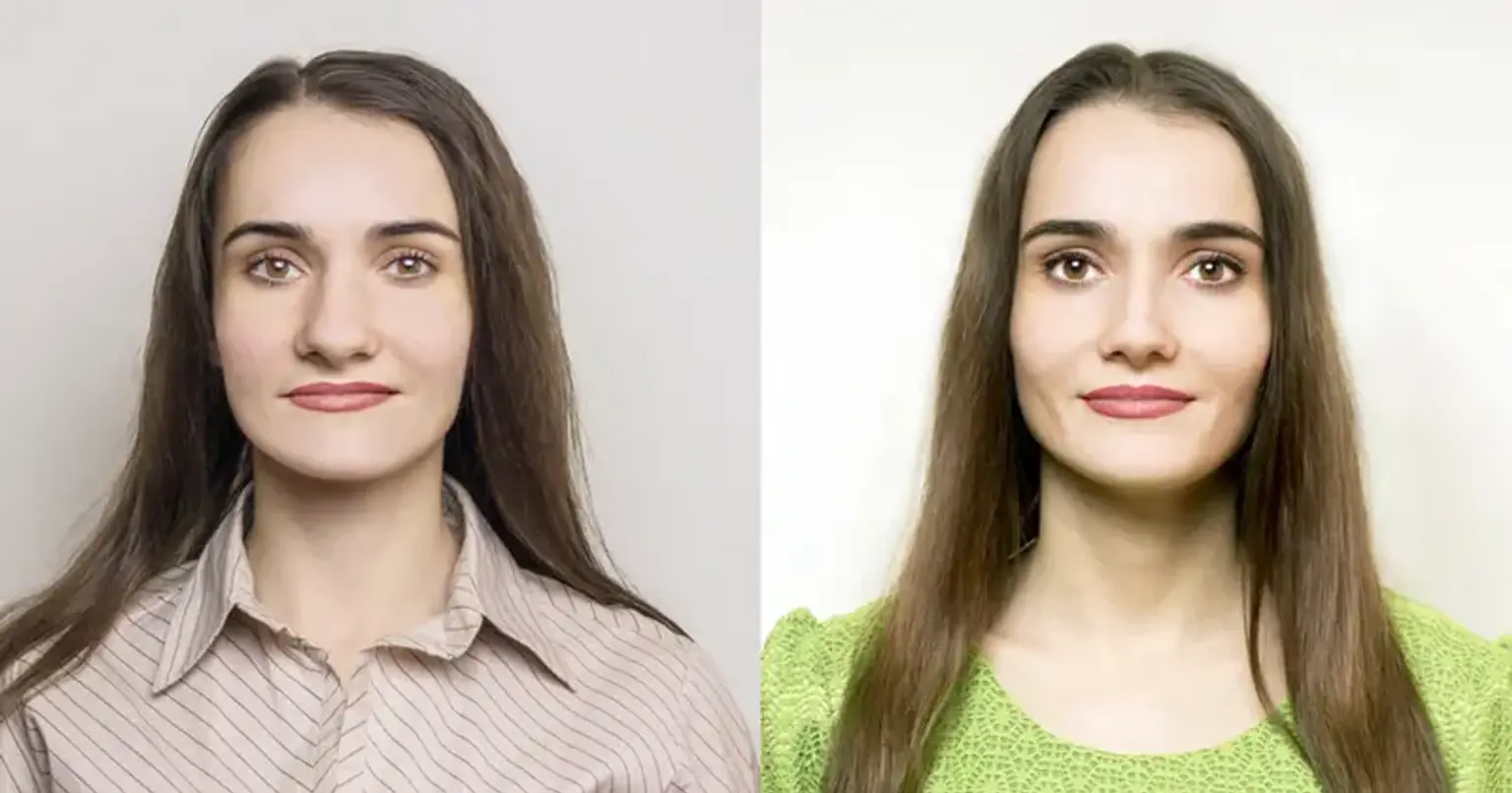Overview
Bulbous nose tip correction is a specialized cosmetic procedure designed to refine and reshape the tip of the nose, addressing concerns related to a rounded, wide, or disproportionate nasal tip. This condition is often caused by excess or irregular cartilage, skin, or both, which creates a bulbous appearance that may disrupt the overall harmony of the face. A bulbous nose tip can be a source of self-consciousness for many individuals, impacting their confidence and social interactions.
The procedure can be performed via surgical rhinoplasty or, in some cases, through non-surgical alternatives such as dermal fillers or Botox. Surgical techniques typically involve the precise reshaping of the cartilage at the nasal tip, often through open or closed rhinoplasty, to achieve a more defined and aesthetically pleasing profile. For less invasive options, dermal fillers can provide temporary contouring to the nose.
Importance of a Balanced Nasal Aesthetic
The nose is a central feature of the face, and its shape can greatly influence overall facial harmony. A bulbous nose, with its wide, round tip, can detract from other facial features, such as the eyes and chin. Nasal tip refinement helps restore balance, giving the face a more harmonious appearance. Correcting a bulbous tip also enhances confidence, as individuals may feel more at ease with their appearance, especially in social or professional settings. The improvement goes beyond just aesthetics; many patients report feeling a positive shift in their emotional well-being after the procedure.
Understanding a Bulbous Nose Tip
A bulbous nose typically results from excessive cartilage, thick skin, or a combination of both. In some cases, the tip of the nose is genetically predisposed to appear round and wide. This can be further accentuated by factors such as aging or trauma to the nose. The bulbous shape can be challenging to correct without surgery, as it often requires reshaping the cartilage that defines the nasal tip. Bulbous nose tip surgery is tailored to each patient’s specific anatomy, focusing on reducing the size of the tip and improving the overall contour.
